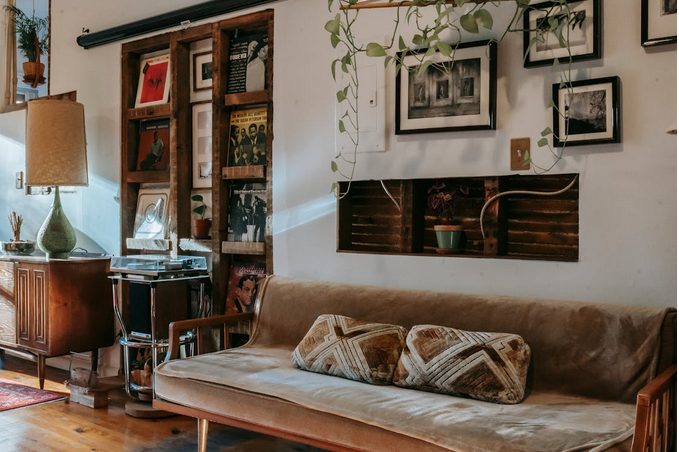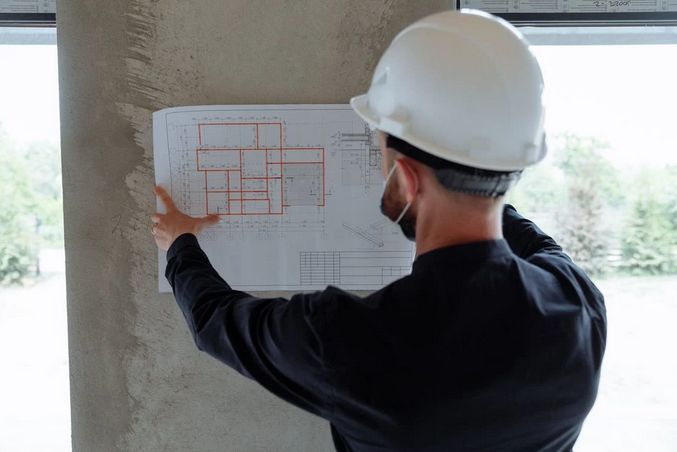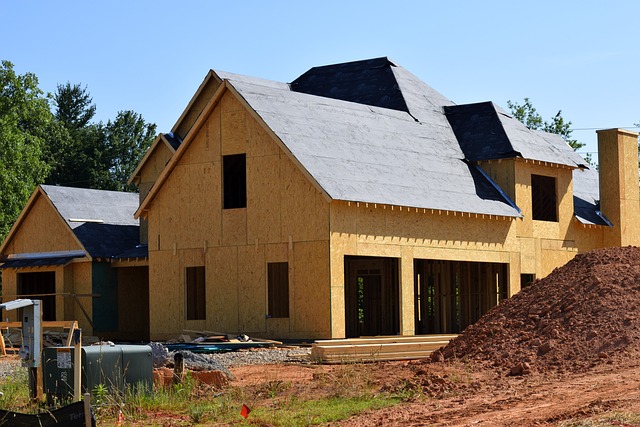
Basement Bliss: Embrace These Trending Designs for a Stylish Subterranean Retreat
While basements have long been relegated to cluttered storage spaces and forgotten corners, it’s time to unearth their hidden potential. Imagine transforming that dark, damp dungeon into a stylish subterranean retreat—a cozy haven where design meets comfort and creativity knows no bounds. In “Basement Bliss: Embrace These Trending Designs for a Stylish Subterranean Retreat,” we’ll explore the latest trends that will elevate your lower level from drab to fab. Whether you’re dreaming of a chic media room, an inspiring home office, or even a luxurious guest suite, we’ve got the inspiration you need to turn your basement into the envy of every neighbor.
Open Concept Layouts
The open-concept trend has taken over kitchens and living rooms and is now making its way into basements. An open layout can make your basement feel more spacious and inviting, especially with a lower ceiling. Removing unnecessary walls creates a natural flow and allows you to combine different areas, such as a home theater, bar, and playroom, into one ample multifunctional space.
If you prefer some separation between zones, consider using furniture to define different areas or install sliding barn doors, which are both stylish and practical. Sources like wuppertaler rundschau can give you some more great ideas for open concept designs and how to make your basement energy efficient.
Industrial Chic Design
Industrial chic is a popular style for modern basements, and it works particularly well in spaces with exposed beams, pipes, or brick walls. Instead of trying to cover these up, embrace them! The industrial look features raw materials, neutral colors, and minimalist design, giving your basement a relaxed, modern vibe. Add exposed metal elements, concrete flooring, and Edison light bulbs to complete the industrial look. It’s a simple way to bring your space a modern, edgy feel without too much effort.
Home Bars and Wine Cellars

With more people staying and entertaining at home, home bars and wine cellars have become popular basement features. These areas are functional and add a touch of luxury to your space. Whether you go for a full-scale bar with stools and shelves stocked with your favorite spirits or a sleek, built-in wine cellar with custom shelving, this trend will instantly elevate your basement. You can even add a small kitchenette to complement your home bar, making it the perfect spot for hosting get-togethers.
Natural Light Solutions
One of the biggest challenges with basement design is the lack of natural light. But that doesn’t mean your basement has to be dark and gloomy. Modern design trends emphasize bringing as much light as possible into the space. Consider adding oversized windows, window wells, or even egress windows to allow more light and make the space feel less like a basement. If that’s not an option, use light-colored paint, bright LED lighting, and strategically placed mirrors to reflect and amplify any available light.
Cozy Entertainment Rooms
Basements have always been famous for home theaters and entertainment rooms, but the trend is creating a cozy, luxurious atmosphere. Think plush, …













